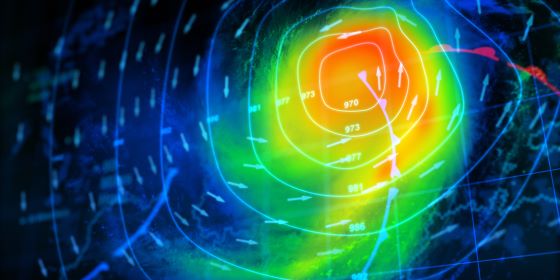As the sun blazes overhead and temperatures climb to scorching heights, it’s essential to be aware of the potential dangers that excessive heat can pose. An excessive heat warning is not just another weather advisory; it’s a call to action to protect yourself and your loved ones from the potential risks of extreme heat. In this article, we’ll delve into what an excessive heat warning entails, why it matters, and the steps you can take to stay safe during these challenging conditions.
What is an Excessive Heat Warning?
An excessive heat warning is issued by meteorological agencies when a prolonged period of hot weather is expected, characterized by high temperatures and elevated humidity levels. This warning indicates that the combination of temperature and humidity can create a hazardous situation, especially for vulnerable populations. It’s a signal to take immediate precautions to avoid heat-related illnesses and health complications.
Understanding the Risks
Excessive heat can have serious health consequences, ranging from heat exhaustion to life-threatening heatstroke. The dangers are amplified for certain groups, including the elderly, young children, people with chronic medical conditions, and those without access to air conditioning. Heat-related illnesses can include heat cramps, heat exhaustion, and heatstroke, which can damage the brain and other vital organs.
Taking Precautions
When an excessive heat warning is in effect, it’s crucial to take proactive measures to protect yourself and others from the potentially harmful effects of extreme temperatures:
- Stay Hydrated: Drink plenty of water even if you’re not feeling thirsty. Avoid alcohol and caffeine, as they can contribute to dehydration.
- Stay Cool: Spend time in air-conditioned places such as shopping malls, libraries, or community centers. If you don’t have air conditioning at home, consider visiting public cooling centers.
- Dress Appropriately: Opt for lightweight, light-colored, and loose-fitting clothing that helps your body stay cooler.
- Limit Outdoor Activities: If possible, avoid strenuous activities during the hottest parts of the day, usually between 10 a.m. and 4 p.m.
- Use Sun Protection: Wear a wide-brimmed hat, sunglasses, and sunscreen to protect your skin from the sun’s harmful rays.
- Check on Vulnerable Individuals: Regularly check on elderly neighbors, young children, and those who are ill to ensure they are coping with the heat.
Recognizing Heat-Related Illnesses
It’s important to be familiar with the signs of heat-related illnesses:
- Heat Cramps: Muscle cramps, heavy sweating, and a flushed appearance.
- Heat Exhaustion: Profuse sweating, weakness, nausea, dizziness, and rapid pulse.
- Heatstroke: High body temperature (above 103°F), confusion, hot and dry skin, rapid pulse, and unconsciousness. Heatstroke is a medical emergency; seek immediate medical attention.
Community Efforts and Preparedness
Local governments and organizations often set up cooling centers during excessive heat warnings to provide a safe environment for those seeking relief from the heat. Stay informed about these resources by following local news and updates.
Key Takeaway
Excessive heat warnings serve as critical reminders of the importance of staying vigilant during periods of extreme heat. By understanding the risks, taking necessary precautions, and looking out for one another, we can navigate these challenging conditions safely. Whether it’s drinking water, seeking shelter in air-conditioned spaces, or recognizing the symptoms of heat-related illnesses, each action we take contributes to our collective well-being during scorching weather.



